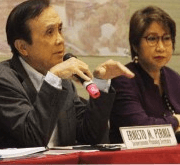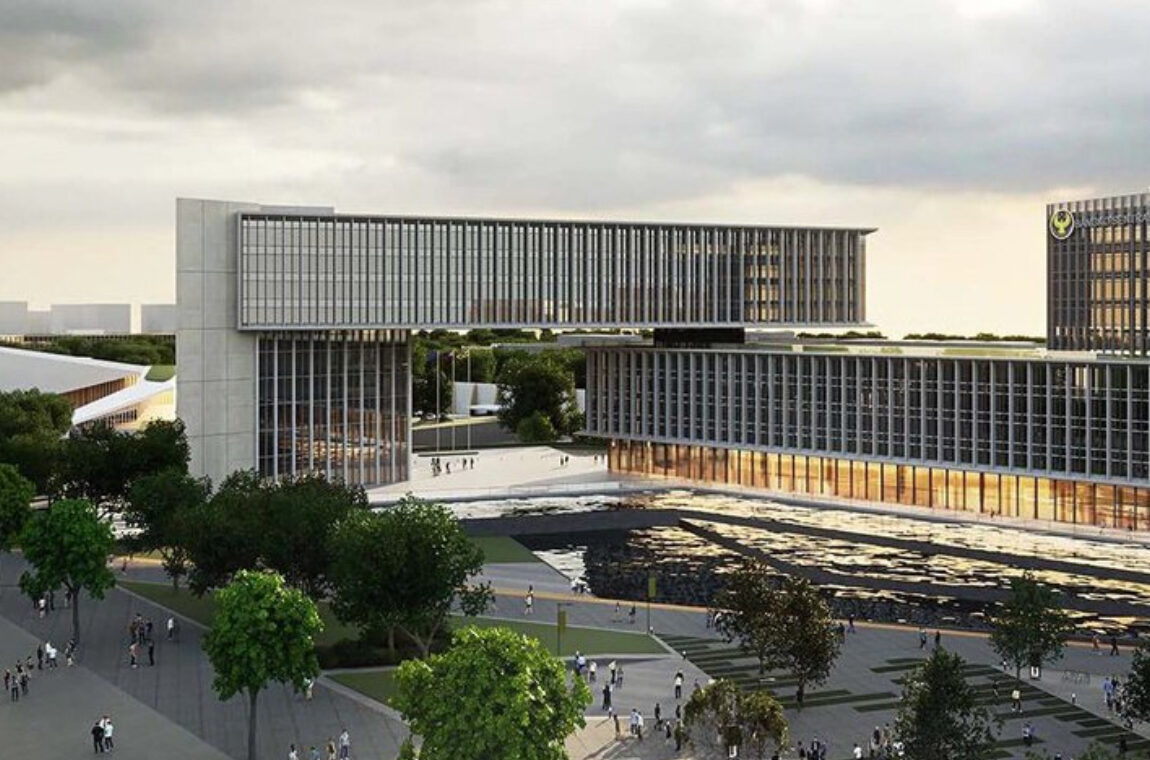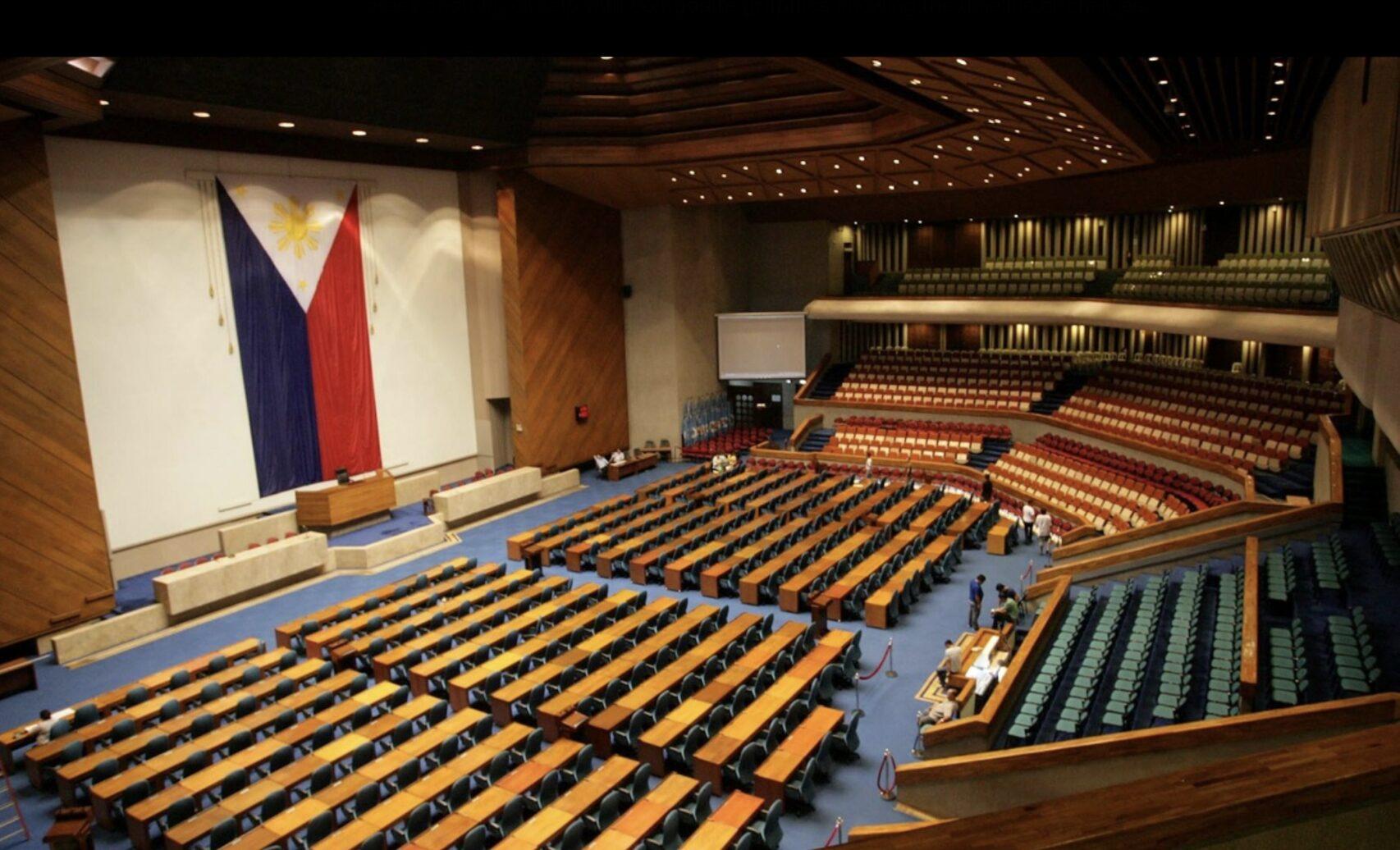MANILA – The country’s gross domestic product (GDP) grew by 6.5 percent in the second quarter of 2017, according to the data released by the Philippine Statistics Authority (PSA) on Thursday, August 17.
While the figure is lower compared to the 7.1 percent growth in the same period last year, it is higher than the 6.4 percent growth in the first quarter of 2017.
In a news conference, Socioeconomic Planning Secretary Ernesto Pernia said the Philippines is “well on track” to meet its full-year target growth of 6.5 to 7.5 percent.
“Taking the last quarter’s GDP growth, where the government’s spending performance was lackluster but where the private sector stepped up, and then this quarter’s GDP growth, where government really stepped up but where private sector slackened, just think what could happen if both government and private sectors together exerted that extra effort,” he said.
With the latest economic data, he also pointed out that the country remains “one of the best-performing economies in Asia,” overtaking Vietnam’s 6.2 percent growth and Indonesia’s 5.0 percent growth rate.
Malaysia and Thailand have yet to release their data but are expected to be lower than the performance of the Philippines for this quarter.
“This puts the country as either the second or third fastest growing major Asian economy, next only to China whose growth rate is 6.9 percent growth in the second quarter,” Pernia added.
In a separate statement, National Statistician Lisa Grace Bersales said among the main drivers of the country’s growth for this quarter include manufacturing, trade, and real estate, renting and business activities.
Data showed that the industry sector recorded the fastest growth rate at 7.3 percent. It was followed by the services sector at 6.1 percent growth, although it is lower than its 8.2 percent growth in the same quarter last year.
The agriculture sector, meanwhile, recovered with 6.3 percent growth from 2.0 percent decline in the previous year.
“Net Primary Income from the Rest of the World (NPI) grew by 8.6 percent compared with the 6.1 percent growth recorded in the same quarter of the previous year. As a result, Gross National Income (GNI) posted a growth of 6.8 percent,” Bersales added.
Following the report, IHS Markit Asia Pacific Chief Economist Rajiv Biswas said he is expecting the Philippines to maintain its rapid economic growth towards the end of the year.
“Over the next 12 months, the GDP growth outlook will be supported by significant increases in infrastructure spending, with total infrastructure spending of PHP1.13 trillion targeted for 2018, with transport and social infrastructure being key priorities,” Biswas told Philippine News Agency (PNA).
He went on to say, “Improving infrastructure is very important for boosting the nation’s industrial and export competitiveness, as the Philippines is competing for foreign direct investment with other [Southeast Asian] countries like Malaysia, Thailand and Singapore which have invested heavily in high quality infrastructure.”







